A WHITE CHRIST AND A YOUNG CHRIST
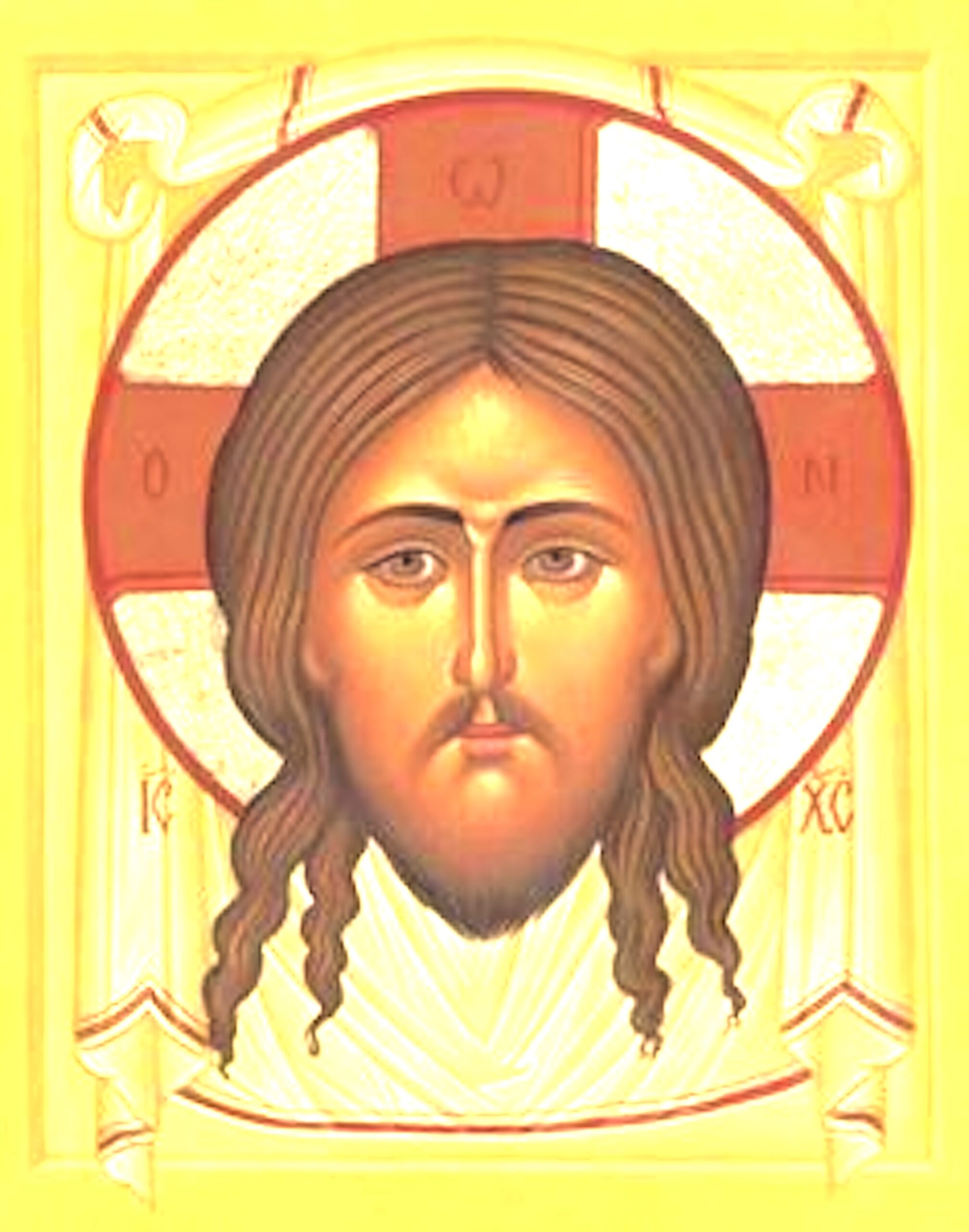
By Bishop Nikolai Velimirovic
Two ancient stories
I
The story of the White Christ
Once upon a time, long, long ago, the first Christian missionaries came to Scandinavia from the East. They were Syrians, with pronounced dark complexions. The fair-looking Scandinavian chiefs and a multitude of people swarmed around them with great curiosity depicted on their faces excited by the strange external appearance of these missionaries. With conviction and zeal the missionaries preached to them of Christ, the true God, who descended from his heavenly glory out of sheer love for men, and who brought salvation to all mankind by His words, deeds, miracles, sufferings and the victory over death. — What did He look like? — asked Scandinavian chiefs. — Just like one of us, — the missionaries answered. — In that case, said the chiefs, we can’t accept your God although we like His teachings and His character as you describe it, for we don’t like a black God. We are a white people, and our ancestors were white, and our gods are white too. In our sacred poetry, called Runas, all of our heroes were white, and they fought against a black people in a far off country called India. Therefore go away from us in peace.
Greatly disappointed and saddened, the missionaries returned home and reported to their superior, the Bishop. The Bishop, being a wise men, used St. Paul’s stratagem, namely to be to the Jews as a Jew, and to the Greeks as a Greek “for the Gospel’s sake” in order to gain as many followers as possible (1 Cor. 9). Accordingly they picked a team of blond, fair -looking missionaries, and sent them to Scandinavia.
Now when these new missionaries started to preach to the Scandinavians about Christ the Saviour of the world, the Scandinavian chiefs asked them:
— What did He look like?
— Like one of us.
— A white man?
— Yes, a white man.
— A white God?
— Yes, a white God.
After this assurance was given, the Christian faith was introduced and established, without obstruction, among the Nordic princes and people of Scandinavia.
II
The story of the Young Christ
In olden times our Serbian ancestors settled in the Balkans after a long and weary migration. Their beliefs were polytheistic, although they believed in one supreme God, and the flower dedicated to him was called accordingly perunika, which is the iris. They worshipped idols, made of trunks of oak trees (home gods) or hewn out of slabs of rock (village gods or tribal gods). The uncouth sculptors deliberately made those idols very ugly, frowning and old looking, more to frighten than to console the people, for fear of the gods was considered the greatest of all virtues among the Slavs of old. Now the Greek missionaries came to the Serbs and announced to them the Glad News of Christ, a youthful and fine looking God. They also showed them Christ’s picture in color, called icons, and similar pictures of the Holy Virgin, and of Angels. The Serbian youth, boys and girls, were quite fascinated by the young and fine looking God. In their enthusiasm about Christ they derided the ugly and aged idol-gods of their forefathers. The elders in vain rebuked the Serbian youth for their disregard of the ancestral gods, but the youngsters followed rather the call of the Christian missionaries to be baptized.
A vivid story of their baptism has been preserved and retold many times among the Serbs of Hercegovina. The youngsters were immersed in the Trebishnica river, while the older ones looked on from afar with fear lest Perun should kill their sons with his thunderbolt.
No evil however happened to them. On the contrary. The baptized youth rejoiced exceedingly, for God’s grace was upon them. Seeing that, some of their old relatives joined them. The rest followed suit. A small number adhered to their ancient faith until the end of their life. Yet they were not averse to seeing the Crucifix beside their wooden home idol. And so gradually all the Serbian people voluntarily, and not by force or by the ukase of a ruling prince, accepted the blessed faith in the Young God Christ, the young people having blazed the trail. And again it happened later that the young Serbs first gave themselves to extreme asceticism for the love of Christ the Young God, as St. Petka, a girl, and Rastko, a boy. Grand Zhupan Nemajna, Anna, King Stefan and Radoslav, and a whole army of elderly people, aristocrats and commoners, followed their example. This is a remarkable phenomenon in the history of the Serbs.
Thus as the White God Christ captivated the race-conscious Scandinavians, the Young God Christ captivated first the young Serbs. Is this not a matter for meditation for young Serbs in America and elsewhere?
Bishop Nicolai.
Source: Orthodox Life Magazine, 1951 Vol 2, Jordanville, New York, USA



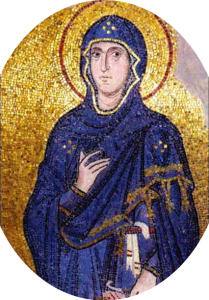
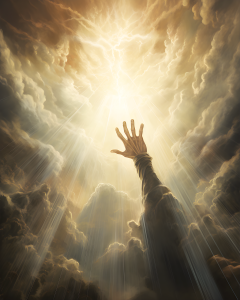
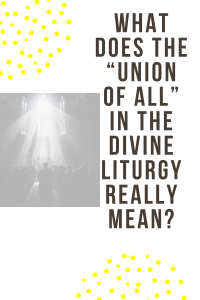
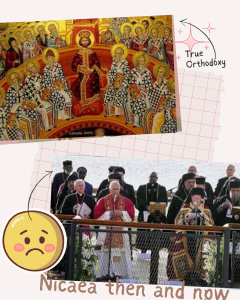
Glory to God!